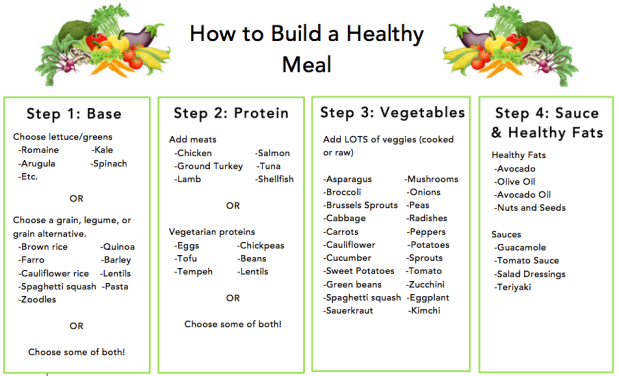$1 for 18 or $6 for a dozen? Standing in front of dozens of eggs (no pun intended) on the self at the grocery store makes for a very confusion decision. Free range or pasture raised? Cage free or Organic? – don’t worry, it confuses me too so I thought I would break down just a few of the many claims on egg packages to help you make a more educated decision the next time you pick up a carton.
- Cage free means that the animals don’t live in cages
You are all probably thinking..”duh”. But just because the animals aren’t in cages doesn’t mean they aren’t packed in a barn, and most of the time they never step foot outside.
- Free range means that animals have “access to the outdoors”.
While this “access to the outdoors” has to be government certified, there really aren’t any guidelines, criteria, or qualifications on the quality or size of the outdoor space. That means the area could be anything from a small cement square to a grassy field.
- Pasture Raised usually means that animals spent the majority of their time in a large open grass field – think the classic image of chickens in a field.
While pasture raised sounds the best, it isn’t regulated by the government so technically some unethical farmer could slap “pasture raised” on their conventional eggs and wouldn’t get in trouble for it.
- Organic requires that the chickens be raised in conditions that accommodate their natural behaviors.
This includes area to roam outdoors in fields, but the key word is “accommodate”. Yes, they may accommodate for natural habits, but that doesn’t always mean they actually have the ability to live naturally 24/7. On another note, “organic” eggs also come from chickens that are not treated with any antibiotics and they are fed all organic feed – all of which are tightly regulated by USDA.
This chart is a pretty good summary of all the different egg labels- but remember, while it shows that pasture raised is the best, that term isn’t regulated so anyone can use it willy-nilly. Do some research into the brands of eggs at the store to see how they actually treat their chickens.

So you choose…what kind of eggs do you buy?








